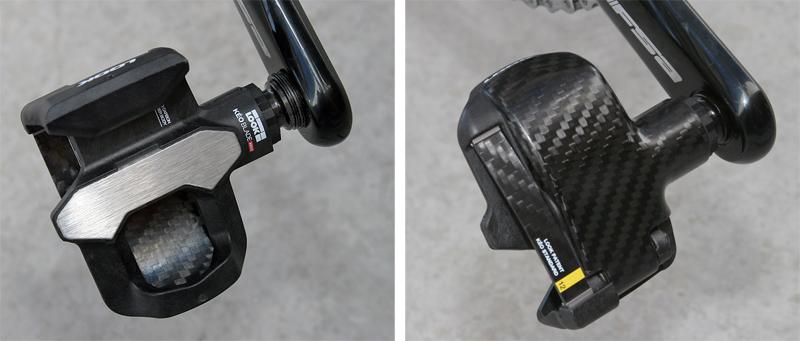
As time gaps between age category results from the local sprint triathlon to the Ford Ironman World Championships get smaller the search for ways to shave seconds becomes more important. Until you’ve lost an age category place by 9 seconds over a 5 hour half-Ironman it doesn’t make sense to count seconds. On the day you do it becomes a priority.
Look’s Keo Blade Aerodynamic pedal addresses the previously ignored aerodynamic story of clipless pedals. The Look Keo Blade Aero uses an aerodynamic carbon fiber body to reduce drag. This design smoothes the boundary layer of air passing around the shoe/pedal combination. Before you dismiss the idea as an aero nit-pick consider this: at the top of your pedal stroke your pedals are moving forward significantly faster than your ground speed. If your bike is going 20 M.P.H. your pedals may be going 27 M.P.H. from the 10 O’clock to 2 O’clock position of your pedal rotation.
This theme is borrowed from Formula 1, Indycar and other motorsports where the entire underside of a race car is fully faired in carbon fiber. This reduces the drag caused by sharp-edged parts of the car. Just because you can’t see a component doesn’t mean it isn’t producing drag.

In addition to the aerodynamic body of the Look Keo Blade Aero this pedal uses a flat carbon fiber spring to control the entry and exit force. Previous Look designs, along with most other clipless pedals, use a coil spring to exert retention force against the back of the pedal to the cleat, and the rider’s foot, with the pedal. The Keo Blade pedals (both the aero version and the non-aero road version) use a novel carbon fiber strut installed under compression to exert clamping force on the cleat when clipped in.

Look uses a slightly different threaded pedal axle on the Keo Blade Aero to allow a substantial amount of “Q” factor adjustment. This adjustment allows the rider to install washers between the crank arm and the pedal to control the width of the left foot from the right foot on the pedal, the “Q” factor. For larger riders with a wider pelvis or riders who sit distinctly to one side of their saddle, like Lance Armstrong following his cancer surgery, this ability to adjust the width of the pedals is worthwhile. The middle 60% of riders probably have little need for this adjustment. If you fall into the other 40% this adjustment is best done by a bike fitter with formal training and experience setting up pedal systems that includes adjusting for “Q” factor or width. Several other pedal companies offer this “Q” factor adjustment.

Another benefit of the Look Keo Blade Aero is the size of the pedal platform. Compared to smaller pedal systems such as Speedplay the “cleat radius” or surface area of contact between the cleat and the shoe is substantial on the Keo Blade Aeros. While Speedplay argues the size of their cleat should be included in this consideration it is impossible to dismiss that the overall surface area interface between the pedal and cleat is larger on a full-sized clipless pedal like the Look Keo Blade.
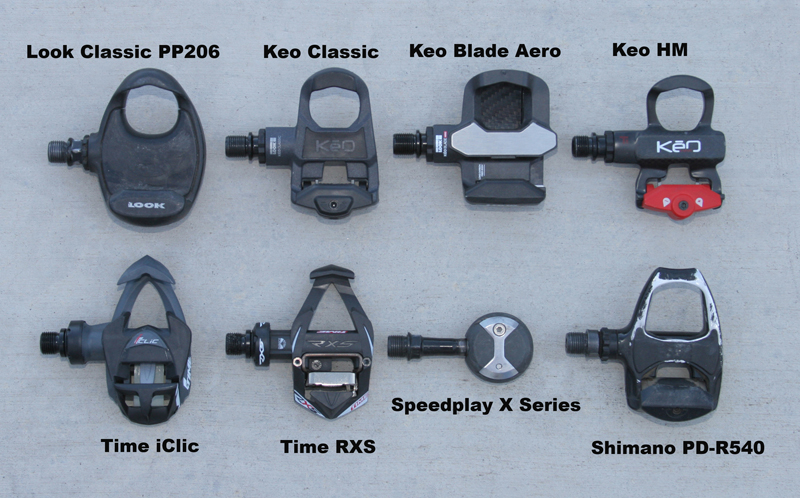
Another benefit to Look’s new Blade concept is a reduction in overall pedal height. The Keo Blade pedals, both Road and Aero, allow the foot to sit closer to the pedal axle reducing “rocking torque” and making the application of force to the pedal less angular and more direct. This makes pedalling feel better. Think about how “tippy” the red pedal blocks on your first tricycle felt. Once the blocks were removed it felt more “solid” pressing down on the pedals. The closer your foot is to the pedal axle in a shoe/pedal system the more efficient and less angular the application of force is throughout the pedal circle.
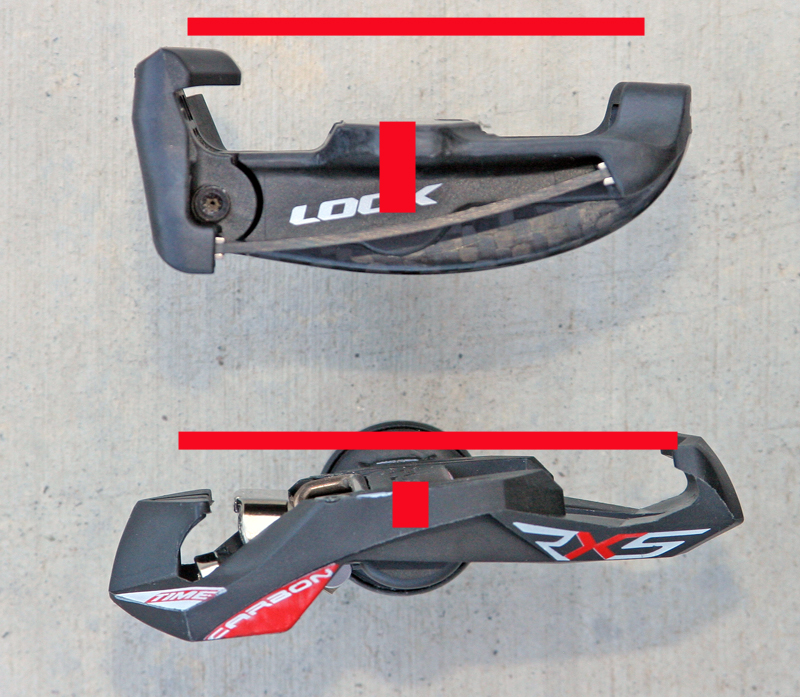
Since the metal coil spring is gone from the Look Blades and the aerodynamic pan on the Blade Aero is made of lightweight, high strength carbon fiber the pedal is light compared to other pedals using metal coil springs. The Look Keo Blade Aero weighs 123 grams per pedal actual measured weight.
Axle material on the Keo Blade Aero is cro-moly steel. Cro-moly provides great stiffness with no rider weight limit. The 15.7 mm diameter axle is supported by 2 roller bearings and 1 needle bearing. Look specifies a “2 Year” warranty on their official product sheet. Out of the box the pedals feel delightfully smooth to rotate.
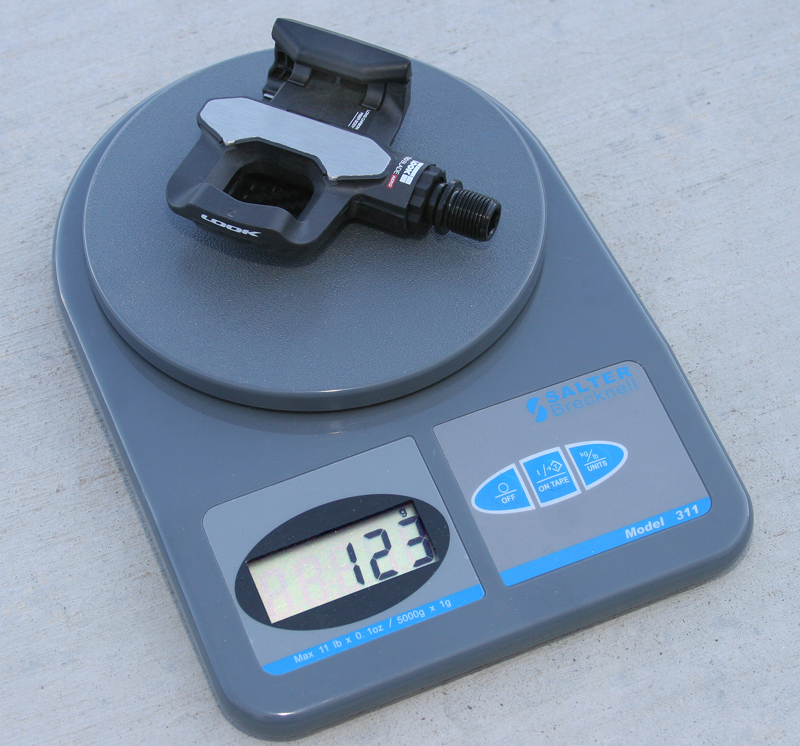
The pedals come with Look’s popular and well designed Keo Grip cleat in grey 4.5 degree rotation. Look Keo cleats are color codded to indicate how much rotational movement they provide. A separate black cleat is available for the rare cyclist who wants no rotational movement (I’ve only know one rider, 9-time Tour de France finisher Frankie Andreu, who preferred the black zero degree fixed cleat). Another red cleat, also sold aftermarket, allows 9 degrees of rotation. Most customers will be best configured with the 4.5 degree rotation cleat.
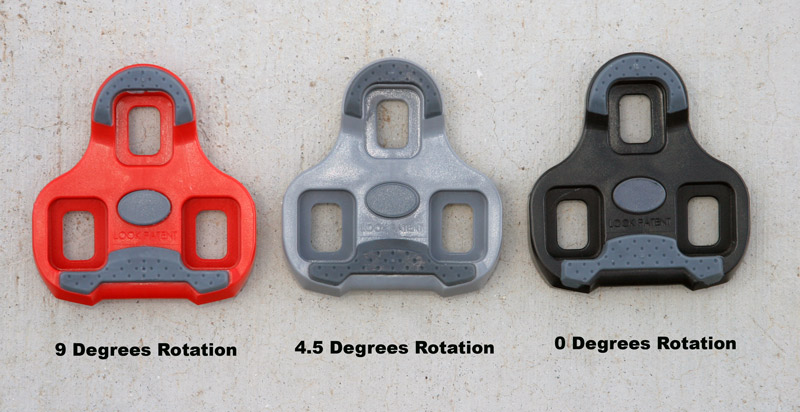
Look also makes a non-aero version of the Keo Blade pedal with the same basic features and benefits but no carbon fiber aerodynamic body. The Keo Blade Carbon weighs 93 grams per pedal measured weight compared to the 123 grams for the Keo Blade Aero. This is a 25% difference in weight. That said, both pedals are relatively light compared to previous pedal designs with metal coil springs and especially alloy bodies.

The fit, finish and workmanship of the Look Keo Blade Aero are quite good. The carbon fiber pan is not just a clip-on surface but a nicely done lay-up molding that extends over the pedal spindle nearly to the crank arm for a smoother aero benefit.
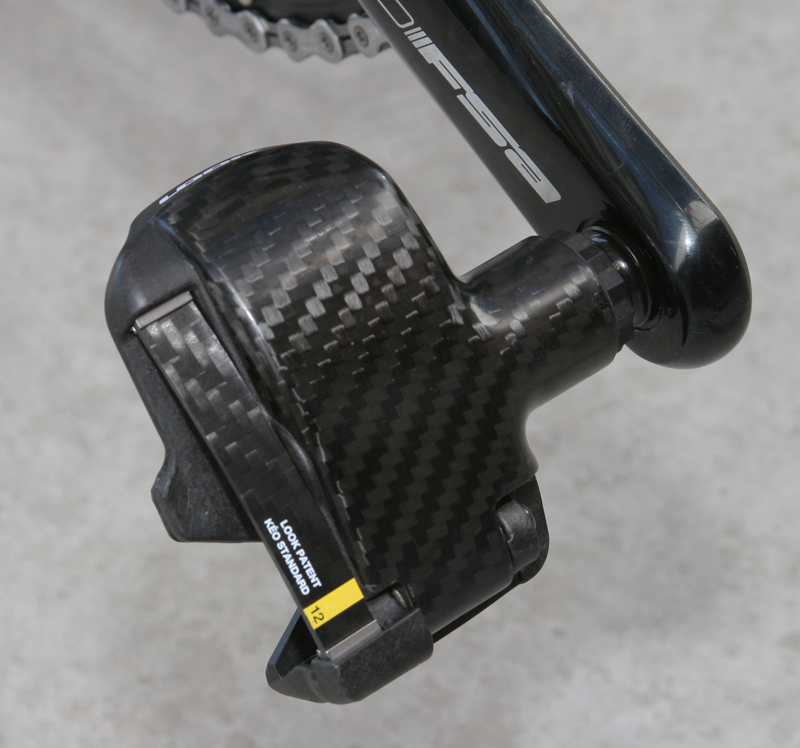
The top of the pedal platform on the Keo Blade Aero is brushed stainless steel. This surface provides smoother rotational movement or “float”, the capability of the pedal/shoe interface that allows the foot to find its most natural angular orientation on the pedal. This angular position also changes as cadence and pedal pressure change.
Riding the Keo Blade Aero is different from coil spring clipless pedals. Metal coil spring pedals spring have a softer, more gradual engagement and disengagement. The flat carbon fiber leaf spring held in compression on the Look Keo Blade provides a very snappy “on/off” sensation to clipping in and out. I like this compared to the more vague tactile interface of the non-Blade coil spring Keos. This wasn’t something I missed using the Keos, I simply noticed an improvement in feel with the Blades.
The feel underfoot while pedalling is great largely due to the wide platform and the brushed stainless center section that makes the rotational movement feel smooth.
At $389.99 these pedals are pricey. They are aimed at the triathlete/time trial rider who is using other aerodynamic equipment such as aero wheels and aero carbon fiber framesets. Given that price category they aren’t unreasonably priced. This is the pointy end of the spear of performance race equipment. If an athlete is already using aero race clothing, an aero helmet, frame, integrated brakes, aero hydration system and other aerodynamic details this is a logical progression. Given the nice materials, engineering, performance and the exotic looks the Keo Blade Aero pedal is a valid performance upgrade for an aero race bike. These pedals will buy you a few seconds time savings. That time savings becomes priceless the first time you miss an important race result by only a few seconds.
